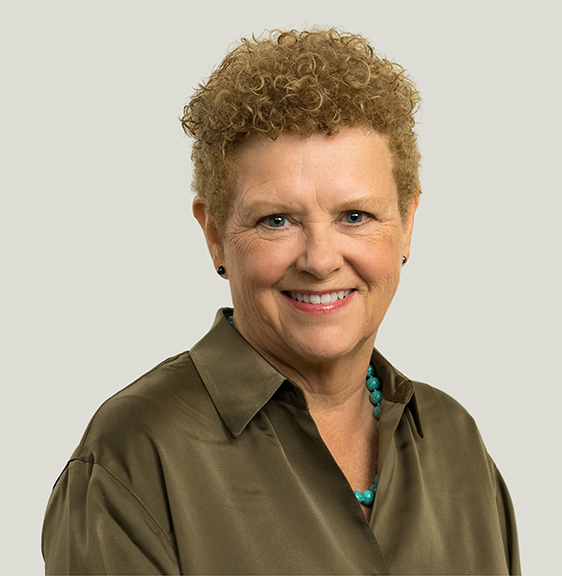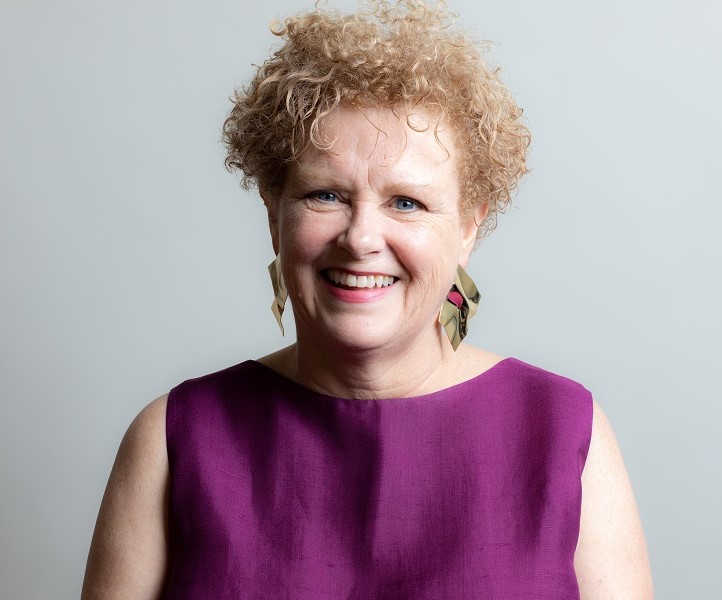This year, Maura O’Malley, Lifetime Arts CEO and Co-Founder, was named a NYU Alumni Changemaker for her 40+ years of experience in the arts and public sector, specifically for creating infrastructure around sustainable and anti-ageist arts education programming for older adults nationwide.
In response to this award and achievement, Maura discusses the following topics in the interview below:
- Her life in the arts and public sector.
- Overcoming challenges and obstacles in pursuing this work.
- Receiving buy-in from stakeholders.
- Looking ahead at the growth in the creative aging field and how it intersects with equitable, lifelong learning opportunities for all.
About Maura O’Malley

Maura O’Malley, Co-Founder and CEO of Lifetime Arts, leads the development of Lifetime Arts’ national programming models, training programs and resources for Creative Aging stakeholders including teaching artists. Named a 2017 Influencer in Aging by Next Avenue, she promotes the field of Creative Aging at major national conferences in the arts, public library and senior service sectors. She has informed policy and created innovative programming for adults and children with premiere arts and educational organizations including the NYC Department of Education, Studio in a School and Young Audiences/New York.
Audio Transcript:
Maura O’Malley: The opportunity to access arts programming becomes an issue of the rights of people, that everyone deserves access to opportunity and education, and that the arts are an incredibly fertile ground for building more just societies. I just hope that at some point we don’t have to use the terms creative aging or early childhood aging, but rather it’s lifelong learning in the arts that we’re looking at and it’s just part of our everyday lives from the minute we start until the minute we end.
Jacqueline DuMont: Maura O’Malley, Lifetime Arts CEO and Co-Founder, was named a 2022 NYU Alumni Changemaker for her 40 plus years of experience in the arts and public sector, specifically for creating infrastructure around sustainable and anti-ageist arts education programming for older adults nationwide.
In this interview, she discusses her life in the arts and public sector, how she overcame challenges and obstacles in pursuing this work, and how she received buy-in from stakeholders. Maura also discusses how she envisions positive growth in the creative aging field and how it intersects with equitable, lifelong learning opportunities for all.
Maura, could you share a brief overview of the beginnings of your work in the public service and arts sector and how this pathway guided you into pursuing arts education programming for older adults?
Maura: Well, I came from a big artistic family, musical and artistic folks, and grew up involved in the arts every day of my life and went to undergraduate school of Pratt Institute for Painting, thinking initially that I wanted to pursue a career as a fine artist. But I realized that really what I was interested in was access to artmaking and to the arts.
After my undergraduate degree in painting, I pursued my degree at New York University, and the degree that I ended up with, which was a new area for me, was public administration through the graduate school at NYU. And so that led me into thinking about issues about not only arts education, but about the public good, about the infrastructure, about how institutions and organizations functioned and how government and public service needed to be part of our lives and even to the point of access to art.
Jacqueline: What were the immediate challenges or obstacles you faced in pursuing this sector of work?
Maura: Well, I think that the biggest obstacles in public administration or this kind of work is understanding and learning about the various systems that make up the public realm.
So, for instance, learning about public school infrastructure was a huge effort to understand how public schools are managed, what their governance functions are, and the scope and scale of public school education. And that’s where I started in arts education, in public schools. And so I had to learn how teachers are paid, what a teacher’s union is, or what a curriculum was, all the kinds of things that are pertinent to education. But then also, where are the missing links and how are budgets and projects aligned and how do students gain access to really good arts education?
Learning about public libraries structures and infrastructures and how they work from federal level right down to the local brass level. So that was always a challenge because it’s a completely different sector from what I had been used to. And when you want to work in the arena of public service through the arts, then you’ve got to understand the different systems that you’re working within, and that takes time and experience.
Jacqueline: How did you gain the support from stakeholders in funders pre and post Lifetime Arts in regards to arts education? What was the turning point for you or the change in attitude from these folks? And really not just focusing on a thumbs up for one program or initiative that worked, but more so a continuous and shared interest and passion from them to make this a regular and sustainable offering that’s important in their own institutions and organizations.
Maura: Making the case for arts education, whether it’s for school aged students or for older adults, means making the case for the benefits of arts education. And in order to do that, you have to understand the research and science behind it. I’ve also always had to demonstrate what the work looks like, because if it’s abstract, it’s difficult to get the kind of funding and attention it needs. But when the stories that happen between students and teaching artists, for instance, whatever age are shared, people can relate to those much more clearly than they can relate to statistics or financial information or abstract ideas about the work.
Telling the story of these programs and projects and sharing and documenting is what is really critical in getting people to support the work because it’s beyond you. In the case of older adults, it’s beyond the medical model of aging. It’s into a different, newer model around aging as a positive, which is more difficult to embrace for the general public.
Jacqueline: The award embodies the term changemaker, meaning visionaries with a keen sight and want for driving action, inclusivity, social change and so on. And as we’ve seen, the creative aging field itself has been evolving and changing in the last few decades and also just the public arts education sector in general.
What direction do you want this field and arts education and lifelong learning in general for older adults to be moving towards in the next five, ten years? What bridges have we not yet crossed in this work in public service in the arts? Why do you think that is? And how do we move closer into that direction?
Maura: What I see changing in the field of arts education, specifically in the field of lifespan or lifelong learning, is the embedding this work in the current movements around diversity, equity and inclusion to make sure that the arts have a significant role to play in enhancing people’s lives no matter what age they are, but that in particular, older adults need to be included in the sphere of the social justice movements of today.
I would hope that the opportunity to access arts programming becomes an issue of the rights of people, that everyone deserves access to opportunity and education, and that the arts are an incredibly fertile ground for building more just societies.
There is a lot of work happening in this realm now, but I would hope that it continues to take big steps towards making sure that arts access is universal. I just hope that at some point we don’t have to use the terms creative aging or early childhood aging, but rather it’s lifelong learning in the arts that we’re looking at and it’s just part of our everyday lives from the minute we start until the minute we end.
Jacqueline: For more information about Lifetime Arts, please visit lifetimearts.org and sign up for our newsletter. To learn more about the creative aging field, please visit our resource site, Creative Aging Resource at creativeagingresource.org and sign up for the Creative Aging Resource newsletter at creativeagingnews.substack.com.


